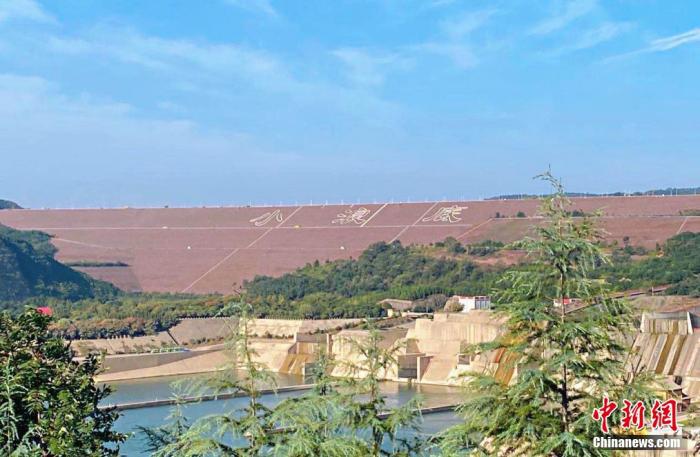Xiaolangdi plays key role in Yellow River flood control
 0 Comment(s)
0 Comment(s) Print
Print E-mail China.org.cn, September 23, 2020
E-mail China.org.cn, September 23, 2020

Since June 19, there have been five floods in the Yellow River this year, according to the Yellow River Conservancy Commission of the Ministry of Water Resources.
As the only major water control project downstream of the Sanmenxia Reservoir on the Yellow River, Xiaolangdi plays a key role in controlling floods.
"Floods are more frequent this year, but since we freed up the storage of the reservoir in advance, we have a clear idea about what to do with the situation," said Zhang Jiansheng, engineer at the Xiaolangdi Project Construction & Management Center, which is located 40 kilometers north of Luoyang city in Henan province.
"Although recent peak flows were much smaller than the flood control limits of the project, we still stayed on high alert and fully prepared," Zhang said in an interview on Sept. 15. "We work around the clock, carrying out inspections of facilities to make sure they are in effective operation."
According to the engineer, solving the problem of silt build-up is critical to the control and development of the Yellow River. Floods in the river are mainly caused by heavy concentrations of silt and sediment.
The Yellow River is the most silted river in the world — its long-term average silt level is 37.6kg/m3, and 1.351 billion tons are carried to the sea per year. The silts received from the upper and middle reaches form sediments down river, elevating the riverbed above the surrounding ground.
The Xiaolangdi project helps reduce sediments by retaining them in its silt-discharge tunnels. "The project features a sediment deposit storage of 7.55 billion m3, which was projected to fill up by 2020," Zhang introduced.
"However, progress in environmental protection and vegetation restoration has led to a substantial drop in the amount of sediment. In addition, the retained sediment can be removed from the reservoir by flushing. Xiaolangdi currently holds 3.29 billion m3 of sediment deposits," Zhang said.
The Xiaolangdi project is composed of three main sections, namely a reservoir dam, silt-discharge tunnels and a power generation system. The construction of the main part started in September, 1994, and the whole project was completed by the end of 2001.






Go to Forum >>0 Comment(s)